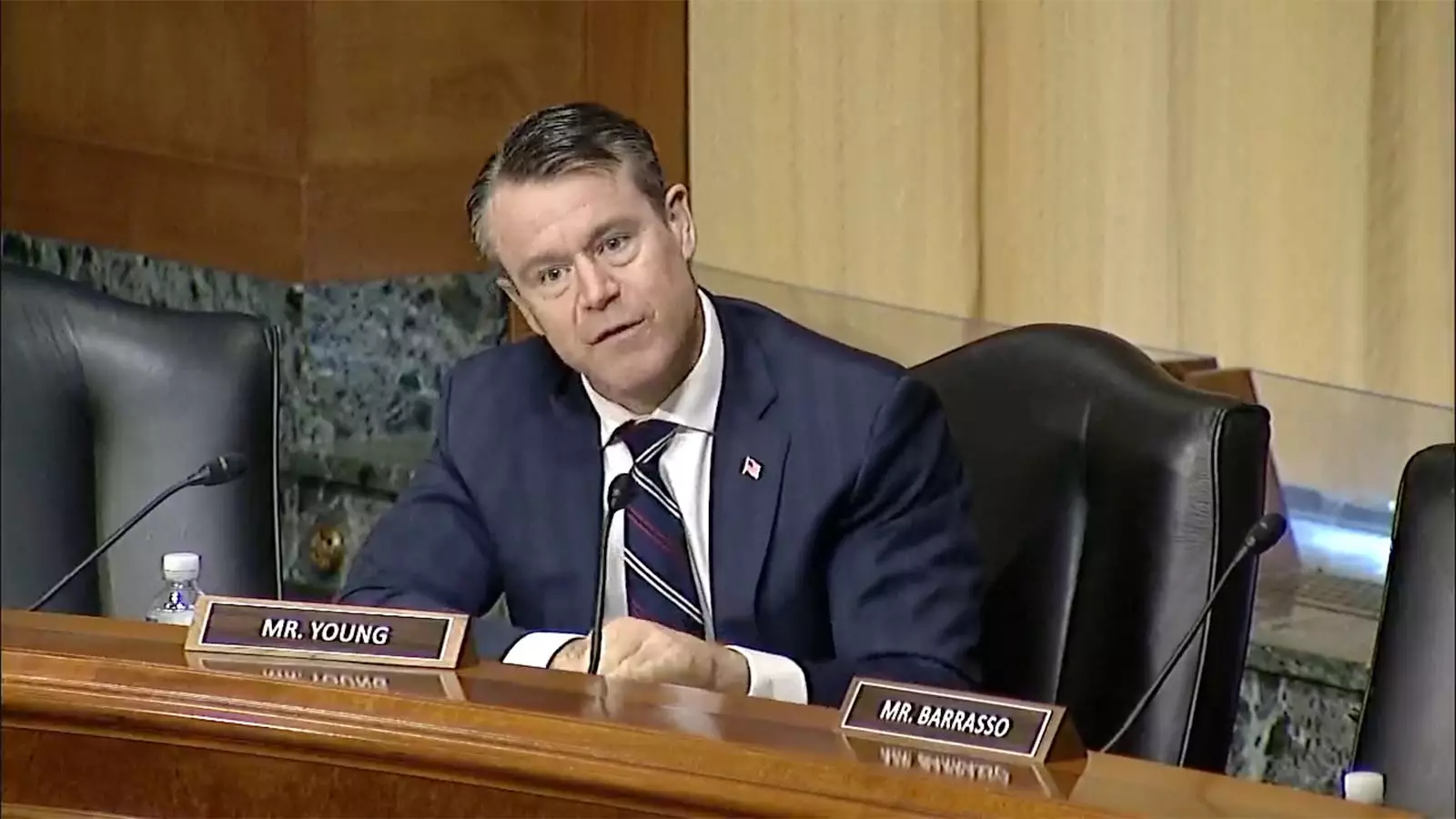The Senate Finance Healthcare Subcommittee hearing on making certain telehealth rules permanent for the Medicare program revealed a rare display of discord among panelists. While the senators present were united in their belief that the current flexible rules for telehealth should be made permanent for Medicare beneficiaries, the discussions among the panelists themselves sparked a clash of perspectives. This article aims to delve further into the key points of contention and explore the potential implications of these differing viewpoints.
One of the primary areas of disagreement surfaced when Sen. Todd Young (R-Ind.) asked witnesses whether they believed certain telehealth flexibilities should not be permanently renewed. Dr. Ateev Mehrotra, a professor of healthcare policy at Harvard Medical School, expressed his opposition to making audio-only visits a permanent feature. He argued for continued efforts to push healthcare providers to prioritize video visits as a means to improve care.
However, Dr. Chad Ellimoottil, the medical director of virtual care at the University of Michigan, voiced his disagreement. He emphasized the necessity of audio-only visits, citing specific instances where connectivity issues rendered video visits impractical. Dr. Ellimoottil painted a vivid picture of a patient from rural Michigan, whose options for remote care would be severely limited if audio-only visits were no longer billable. He cautioned that healthcare providers would simply cease offering this vital option, resulting in Medicare beneficiaries losing access to remote care.
In his opening testimony, Dr. Ellimoottil highlighted four crucial factors that could impact the future trajectory of telehealth if left unaddressed. These factors serve as potential roadblocks or opportunities for expanding the reach of telehealth in the healthcare sector. They include:
1. Lack of coverage alignment among payers: Medicare’s stance on expanded telehealth coverage sets the standard for many commercial payers. Dr. Ellimoottil argued that if Medicare continues to view expanded telehealth coverage as temporary, commercial payers may reduce or eliminate their coverage for telehealth services, creating disparities in access.
2. Loss of payment parity: The prevailing narrative suggesting lower practice expenses for telehealth visits compared to in-person visits may lead payers to advocate for reduced reimbursement rates for telehealth. However, Dr. Ellimoottil emphasized that the actual expenses of maintaining a physical practice remain unchanged, making it essential to ensure fair payment for telehealth services.
3. Implementation of guardrails lacking clinical evidence: The need to prevent fraud and abuse should not result in the imposition of unnecessary barriers to healthcare access. Mandating periodic in-person visits for patients receiving telehealth services may create obstacles for those who can benefit from remote care without exhibiting any patterns of fraud or abuse.
4. Geographic restrictions on telehealth: Dr. Eric Wallace, co-director of home dialysis at the University of Alabama at Birmingham, argued for the elimination of geographic restrictions on telehealth. He highlighted the case of a disabled patient living close to the clinic but facing significant challenges in accessing in-person care. Wallace emphasized that access-to-care problems are not limited to specific geographic areas, necessitating regulatory adjustments to ensure equitable access to telehealth for all.
Telehealth’s potential to address the severe workforce shortage facing healthcare, as underscored by Senator Steve Daines (R-Mont.), was a subject of discussion. Witness Nicki Perisho, a program director at the Northwest Regional Telehealth Resource Center, acknowledged the importance of hybrid solutions combining in-person care and virtual care. The integration of telehealth in healthcare staffing strategies could help bridge gaps and mitigate workforce shortages, especially considering the significant number of nurses who left the profession due to stress and burnout in 2021.
The Senate Finance Healthcare Subcommittee hearing on permanent telehealth flexibilities for Medicare showcased the critical need to navigate complex issues and foster better understanding among stakeholders. The disagreement over the inclusion of audio-only visits as a permanent telehealth option highlighted the divergent viewpoints within the healthcare community. Driven by concerns about improving care quality or ensuring access for underserved populations, these perspectives shed light on the challenges and opportunities that lie ahead. As the discussion continues, policymakers must carefully evaluate the potential impact of permanent telehealth rules on healthcare delivery, patient outcomes, and resource allocation to forge a path forward that balances innovation and equitable access.


Leave a Reply